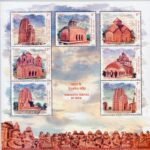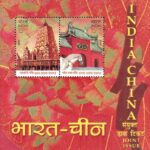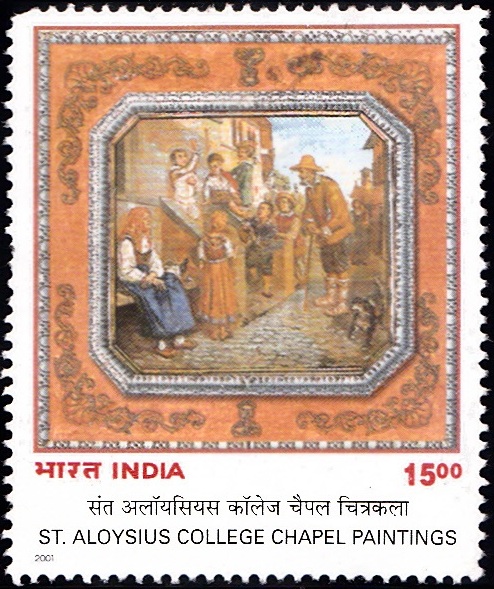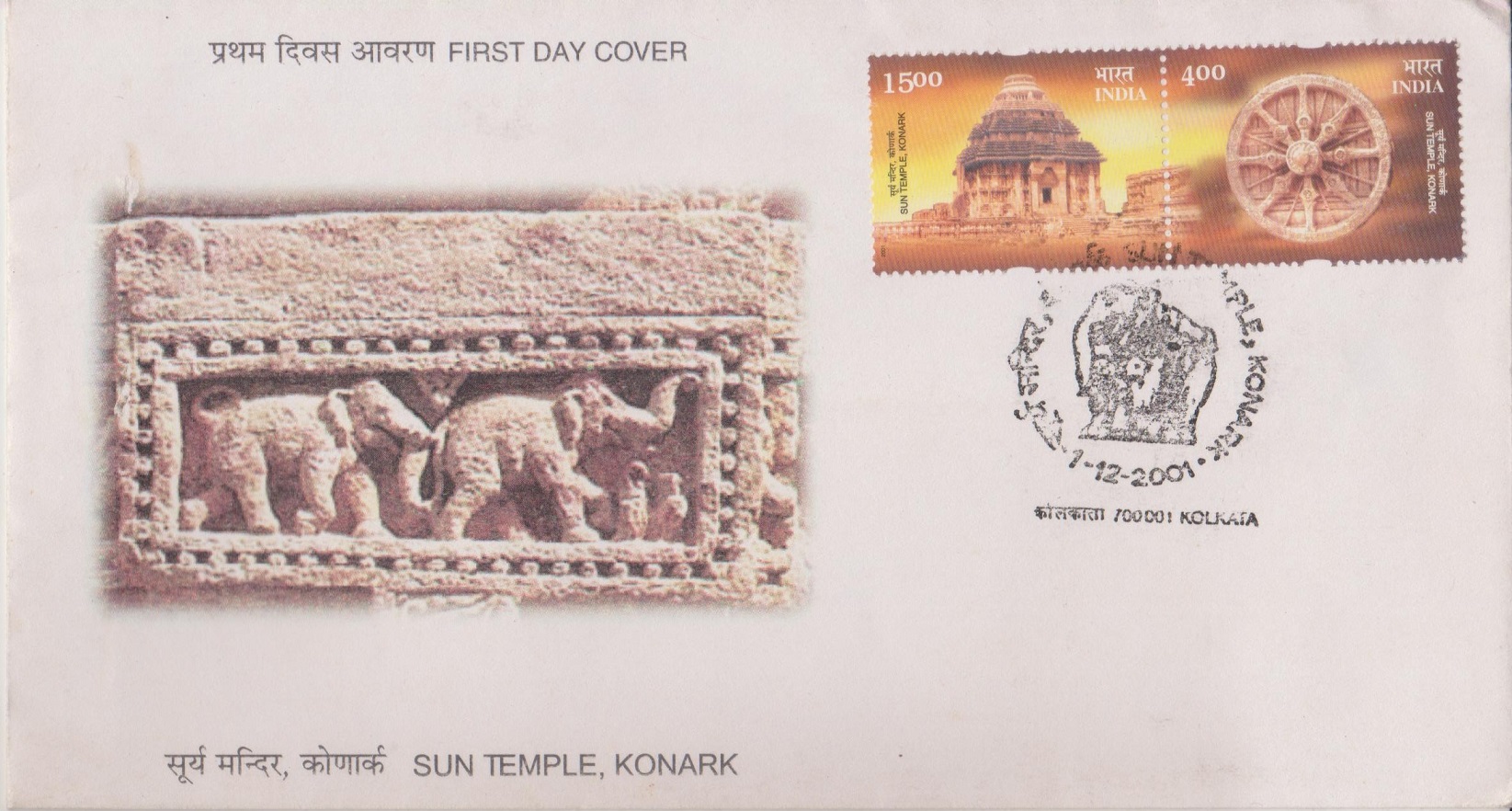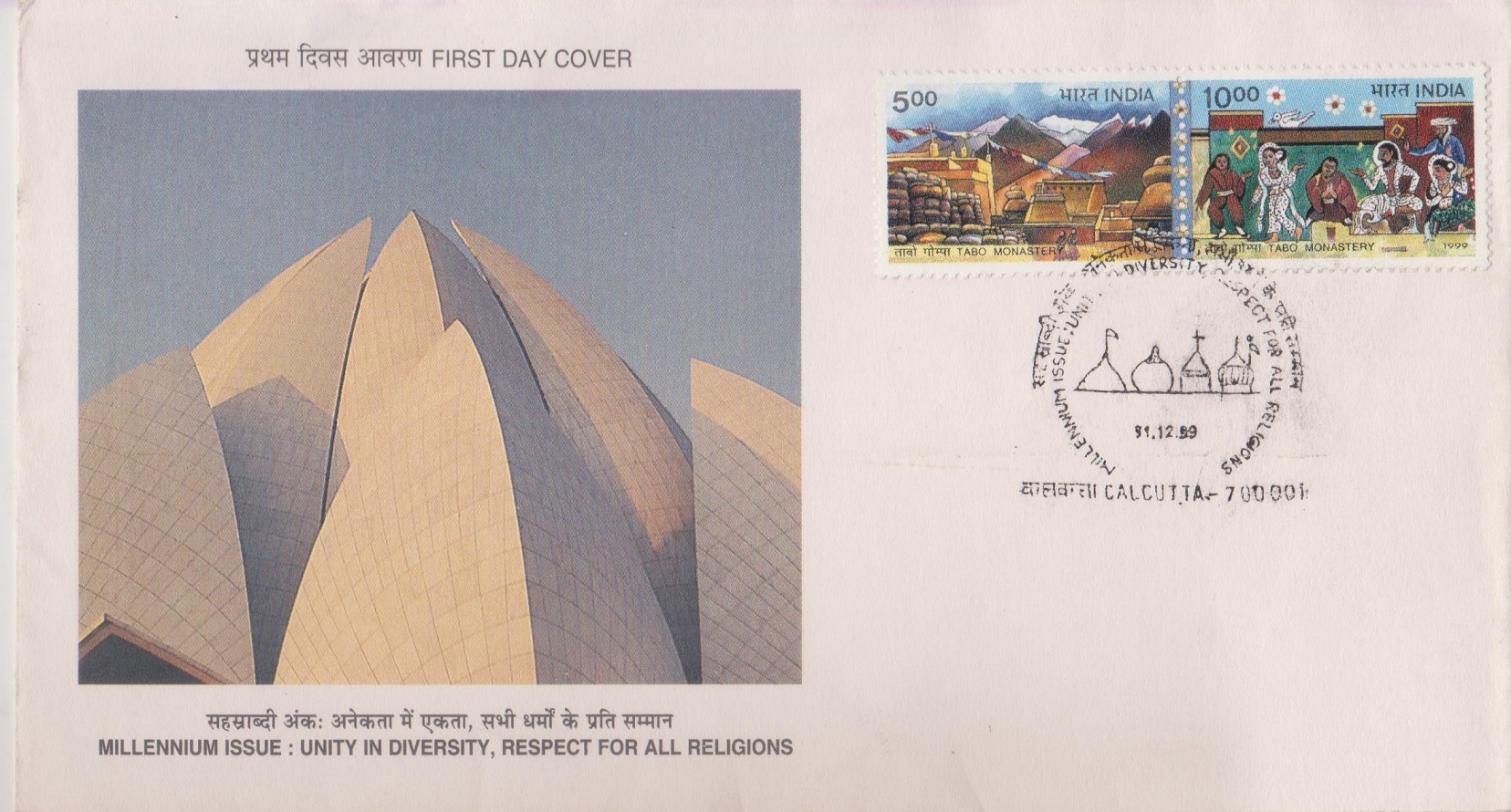
Unity in Diversity, Respect for All Religions
Complete Set of 2 nos of postage stamp on the Millennium Issue : Unity in Diversity, Respect for All Religions : Tabo Monastery and Lotus Temple :
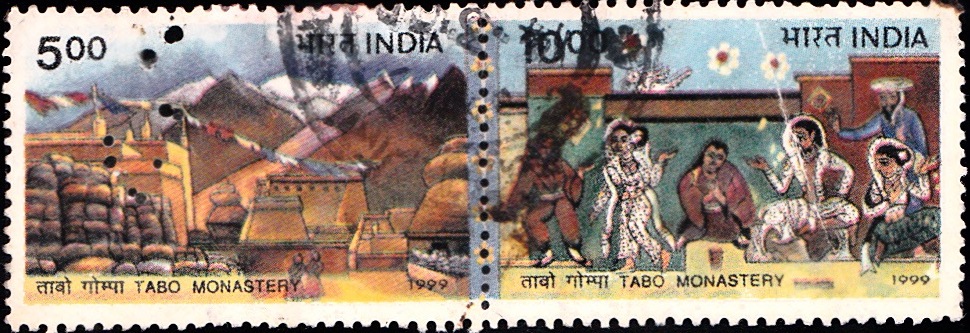
 Issued by India
Issued by India
Issued on Dec 31, 1999
Issued for : The Department of Posts is happy to issue this se-tenant on unity in diversity on the eve of the new millennium.
Design : This millennium issue symbolizes the unity in diversity of Indian culture and civilization with its respect for all religions. The stamp design portrays the 1000 year old Tabo monastery, and the FDC design portrays the Baha’i temple, Delhi.
Credits :
Stamp Design : R. N. Pasricha
Cancellation : Alka Sharma
Type : Se–tenant pair of 2 Stamps, Mint Condition
Colour : Multi Colour
Denomination : 500 & 1000 Paise
Overall size : 8.12 x 2.73 Cms.
Printing size : 7.77 x 2.38 Cms.
Perforation : 13 x 13
Paper : Imported un w/m Adhesive Gravure Coated Stamp Paper in Sheets 50.8 x 53.5 cms.
Stamps Printed : 0.7 Million
Number per issue sheet : 16 Setenant
Printing Process : Photogravure
Printer : India Security Press, Nashik
About :
- India is an ancient land with a civilization and culture, which date back thousands of years. Indian culture has always had a deep-rooted respect for the diverse cultural and religious identities which together created this civilization of ours. The concept of Indian nationhood is based on the existence in diversity of multiplicity of religion, languages, customs and beliefs – a composite culture.
- India has always welcomed people from all religions and all religions of the world have flourished in India. This se-tenant of two stamps symbolizes, the Indian tradition of unity in diversity and the concept of one people, one world – “वसुधैव कुटुम्बकम्” integral to Indian civilization. The se-tenant depicts the Tabo Monastery situated in the picturesque Lahul and Spiti District of Himachal Pradesh. This monastery is more than 1000 years old. This monastery has nine halls where besides stucco images of The Buddha, there are wall paintings depicting Buddha‘s life and stories from the Jataka Tales. The first stamp depicts the monastery as it stands in Spiti over-shadowed by snow-clad mountains while the second is reconstruction of a painting from the southern wall of the main hall which forms part of the continuous painted frieze. The frieze consists of complex narrative units structured by the steps taken by the hero, Sudhana, on the path towards his goal of ultimate realization, and mostly relates Sudhana‘s visits to various spiritual friends (Kalyanamitra) in the pursuit of his quest. These units combine both paintings, some of which are identified by small insets, and adjacent frame inscriptional panels which contain the appropriate portions of the sutra text. In the painting depicted on the second part of the se-tenant, the hero of the story Sudhana stands before a lady in white who refers him to the brahmin Sivaragra seated on the elaborate seat in the centre of the painting. There Sudhana kneels before Sivaragra seeking his guidance. The paintings use various pictorial techniques in order to depict the movement which is an essential feature of the narrative: division of paintings into separate scenes, multiplying the hero, etc. In order to allude to more abstract content, various mudras have been employed which, however, often cannot be seen very clearly, and when clearly seen, are difficult to understand.
- The first day cover depicts the famous Baha’i temple rising to the sky in the form of a giant marble lotus, at New Delhi. The Millennium Issue pays tribute to the unity in diversity of Indian culture and civilization, with its respect for all religions.
- Text : A Short Guide To The Sudhana Frieze (published on the occasion of the Monastery’s Millennium) – Ernst Stein Kellnee.


